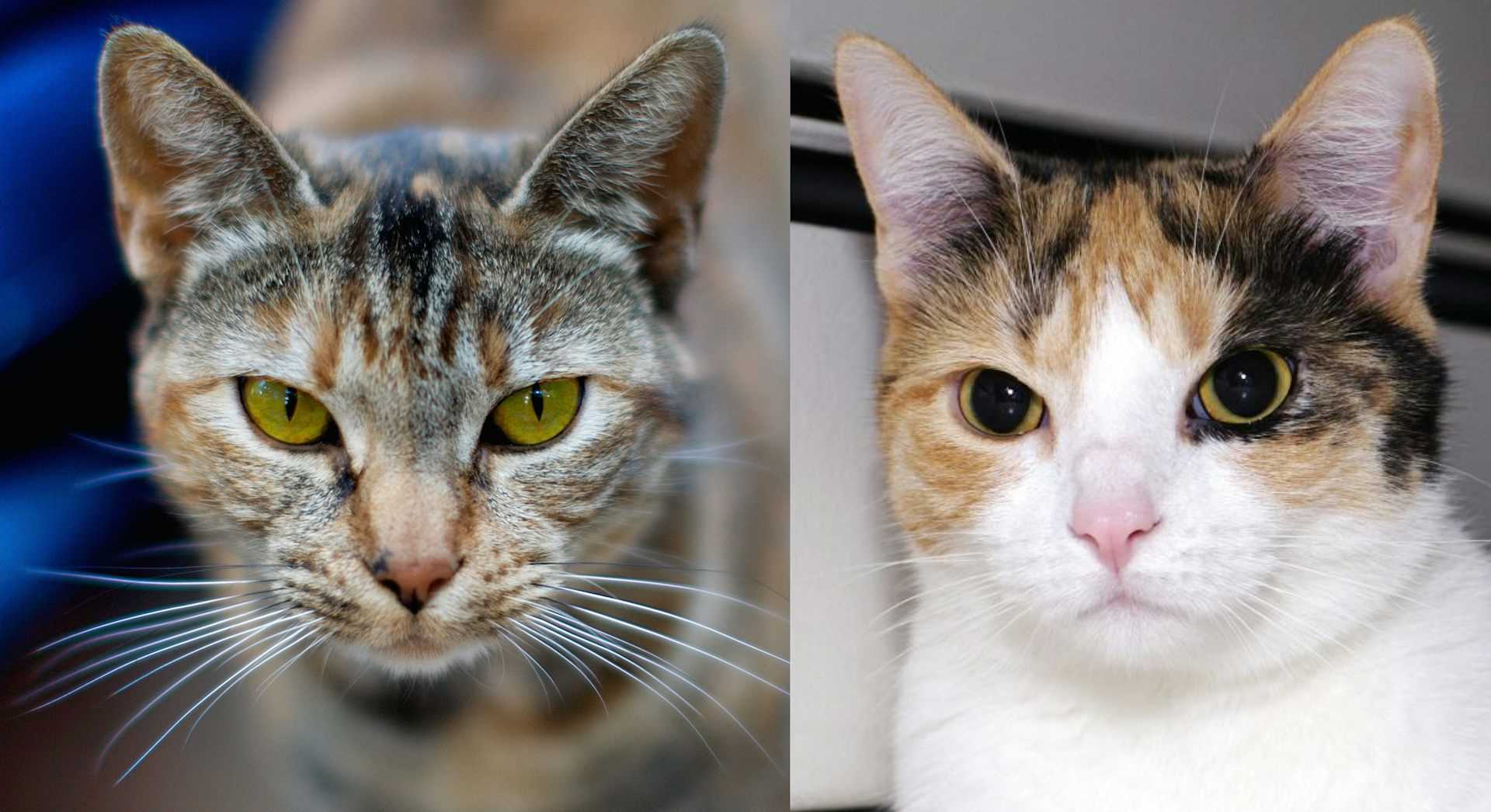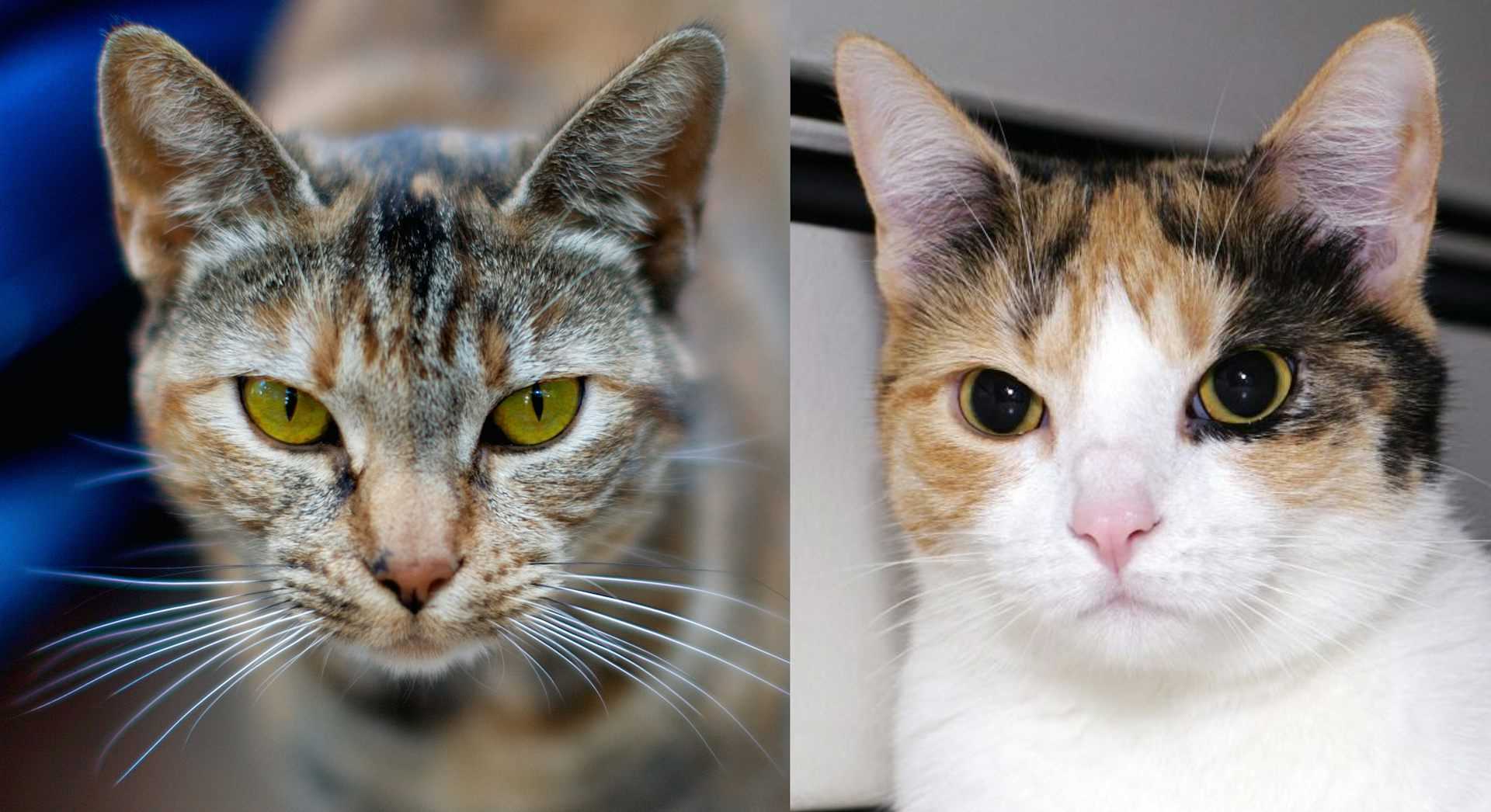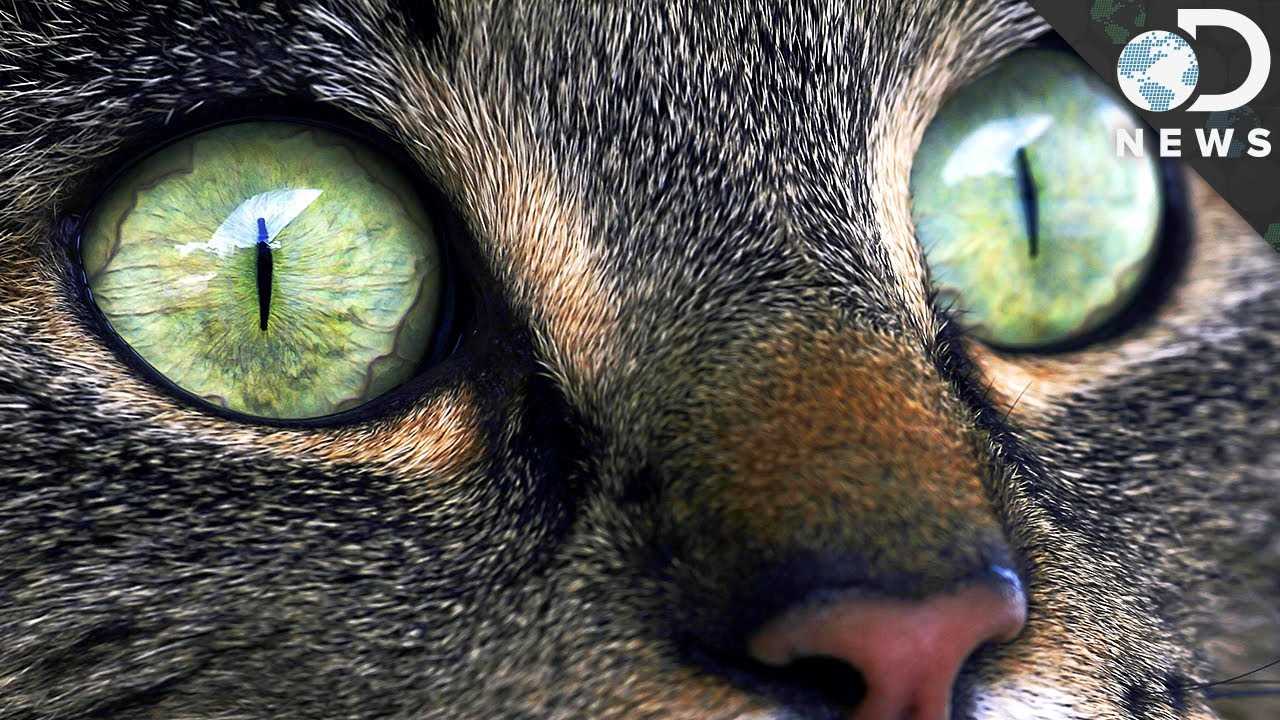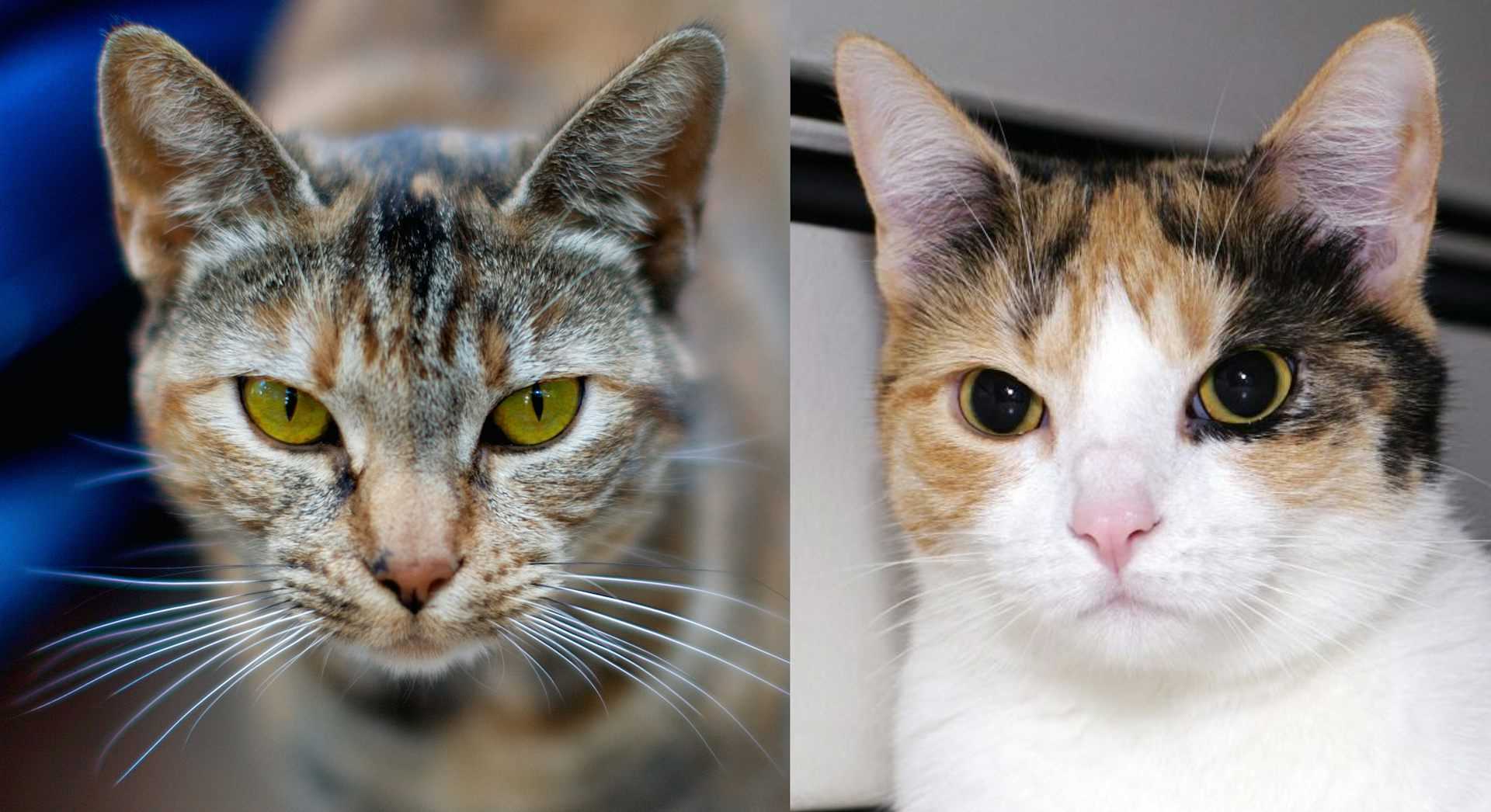When you notice my pupils expanding or narrowing, it’s not just a quirk; it’s a response to my surroundings. The size of my pupils fluctuates based on light conditions, emotions, and even the excitement of playtime. If you see me in a brightly lit room, my pupils will likely be smaller, while in dim light, they’ll become larger, enhancing my ability to see in the dark.
Emotional states also play a significant role in how my gaze appears. When I’m calm and relaxed, those pupils might be wide, revealing my comfort, while if I sense danger or feel threatened, they can constrict quickly. Understanding these subtle shifts can give you insight into how I’m feeling. Keep an eye on my body language; it’s a key to interpreting the messages I’m sending.
Additionally, playtime can trigger another transformation. Engaging in a fun chase or a pouncing adventure can lead my pupils to dilate, reflecting my excitement and readiness to pounce. Observing these changes not only deepens our bond but also helps you understand my needs better. So, next time you’re with me, take a moment to notice how my gaze shifts–it’s more than just a look; it’s a window into my world!
Understanding the Alterations in My Vision

Have you ever noticed how my pupils can appear wide or narrow at different times? This transformation is primarily influenced by lighting and emotional states. In bright surroundings, my pupils constrict to protect my sensitive retinas, while in dim conditions, they expand to allow more light for better visibility.
Additionally, my feelings significantly impact the size of my pupils. When I’m feeling relaxed and content, they tend to widen, creating that adorable look. Conversely, if I sense danger or am feeling aggressive, they shrink to a thin line, indicating a heightened state of alertness.
Light and Emotion: The Driving Forces

It’s fascinating how these adjustments help me navigate my environment. In low-light situations, my ability to see well is enhanced, allowing me to hunt or explore effectively. Understanding these changes can help my humans interpret my moods better. For example, if my pupils are dilated, it might be a sign of curiosity or excitement, while constricted pupils could mean I’m on guard.
For more insights into my behaviors, check out this link on why do I like to scratch things. It’s another way I communicate and express myself!
Understanding Pupil Dilation in Felines

Pupil dilation in my fellow felines serves multiple purposes, primarily influenced by light levels and emotional states. In bright environments, pupils constrict, protecting sensitive retinas. Conversely, in dim settings, they expand, allowing more light for better vision. This adaptive mechanism is crucial for hunting and exploring, especially during twilight hours.
Additionally, emotional responses trigger changes in pupil size. When feeling threatened or excited, pupils can enlarge significantly, indicating heightened alertness. This reaction is part of the fight-or-flight response, preparing for potential danger or prey. Observing these shifts can reveal insights into mood and comfort levels.
Health Indicators
Abnormal pupil size or asymmetry may signal health issues. Conditions like hypertension or neurological disorders can affect dilation. Regular checks on pupil condition can assist in early detection of potential health concerns. If noticing persistent irregularities, consulting a veterinarian is advisable for proper evaluation.
Environmental Influence

Stressful situations, such as loud noises or unfamiliar surroundings, can also cause pupils to widen. Providing a calm environment with safe spaces can help manage these reactions. Creating a comfortable atmosphere encourages relaxation, reducing anxiety-related pupil dilation.
How Emotions Affect Cat Eye Shape
Feeling relaxed or stressed can dramatically influence the appearance of my pupils. When I’m calm, my pupils become narrow and slit-like, which helps me focus on my surroundings. Conversely, when I’m startled or anxious, they widen to let in more light, enhancing my ability to assess the situation quickly.
Understanding the Signals
Each emotion triggers a specific response in my visual system. For instance, excitement or playfulness leads to a more dilated pupil, indicating I’m ready for action. However, fear prompts an opposite response, making my pupils expand, signaling a need to escape or hide. Observing these patterns helps guardians better understand my moods and needs.
Environmental Influences
My surroundings also play a role in how my pupils behave. Bright light can cause constriction, while dim environments encourage dilation. Stressful situations, like loud noises or unfamiliar visitors, can trigger rapid changes too. For example, if someone asks, “is the fake snow on christmas trees toxic to cats?,” my pupils might widen as I assess the potential threat.
Recognizing these emotional cues is key to ensuring a harmonious relationship. By paying attention to my pupil shape, you can respond appropriately, creating a more comfortable environment for both of us.
When you notice my pupils expanding or narrowing, it’s not just a quirk; it’s a response to my surroundings. The size of my pupils fluctuates based on light conditions, emotions, and even the excitement of playtime. If you see me in a brightly lit room, my pupils will likely be smaller, while in dim light, they’ll become larger, enhancing my ability to see in the dark.
Emotional states also play a significant role in how my gaze appears. When I’m calm and relaxed, those pupils might be wide, revealing my comfort, while if I sense danger or feel threatened, they can constrict quickly. Understanding these subtle shifts can give you insight into how I’m feeling. Keep an eye on my body language; it’s a key to interpreting the messages I’m sending.
Additionally, playtime can trigger another transformation. Engaging in a fun chase or a pouncing adventure can lead my pupils to dilate, reflecting my excitement and readiness to pounce. Observing these changes not only deepens our bond but also helps you understand my needs better. So, next time you’re with me, take a moment to notice how my gaze shifts–it’s more than just a look; it’s a window into my world!
Understanding the Alterations in My Vision

Have you ever noticed how my pupils can appear wide or narrow at different times? This transformation is primarily influenced by lighting and emotional states. In bright surroundings, my pupils constrict to protect my sensitive retinas, while in dim conditions, they expand to allow more light for better visibility.
Additionally, my feelings significantly impact the size of my pupils. When I’m feeling relaxed and content, they tend to widen, creating that adorable look. Conversely, if I sense danger or am feeling aggressive, they shrink to a thin line, indicating a heightened state of alertness.
Light and Emotion: The Driving Forces

It’s fascinating how these adjustments help me navigate my environment. In low-light situations, my ability to see well is enhanced, allowing me to hunt or explore effectively. Understanding these changes can help my humans interpret my moods better. For example, if my pupils are dilated, it might be a sign of curiosity or excitement, while constricted pupils could mean I’m on guard.
For more insights into my behaviors, check out this link on why do I like to scratch things. It’s another way I communicate and express myself!
Understanding Pupil Dilation in Felines

Pupil dilation in my fellow felines serves multiple purposes, primarily influenced by light levels and emotional states. In bright environments, pupils constrict, protecting sensitive retinas. Conversely, in dim settings, they expand, allowing more light for better vision. This adaptive mechanism is crucial for hunting and exploring, especially during twilight hours.
Additionally, emotional responses trigger changes in pupil size. When feeling threatened or excited, pupils can enlarge significantly, indicating heightened alertness. This reaction is part of the fight-or-flight response, preparing for potential danger or prey. Observing these shifts can reveal insights into mood and comfort levels.
Health Indicators
Abnormal pupil size or asymmetry may signal health issues. Conditions like hypertension or neurological disorders can affect dilation. Regular checks on pupil condition can assist in early detection of potential health concerns. If noticing persistent irregularities, consulting a veterinarian is advisable for proper evaluation.
Environmental Influence

Stressful situations, such as loud noises or unfamiliar surroundings, can also cause pupils to widen. Providing a calm environment with safe spaces can help manage these reactions. Creating a comfortable atmosphere encourages relaxation, reducing anxiety-related pupil dilation.
How Emotions Affect Cat Eye Shape
Feeling relaxed or stressed can dramatically influence the appearance of my pupils. When I’m calm, my pupils become narrow and slit-like, which helps me focus on my surroundings. Conversely, when I’m startled or anxious, they widen to let in more light, enhancing my ability to assess the situation quickly.
Understanding the Signals
Each emotion triggers a specific response in my visual system. For instance, excitement or playfulness leads to a more dilated pupil, indicating I’m ready for action. However, fear prompts an opposite response, making my pupils expand, signaling a need to escape or hide. Observing these patterns helps guardians better understand my moods and needs.
Environmental Influences
My surroundings also play a role in how my pupils behave. Bright light can cause constriction, while dim environments encourage dilation. Stressful situations, like loud noises or unfamiliar visitors, can trigger rapid changes too. For example, if someone asks, “is the fake snow on christmas trees toxic to cats?,” my pupils might widen as I assess the potential threat.
Recognizing these emotional cues is key to ensuring a harmonious relationship. By paying attention to my pupil shape, you can respond appropriately, creating a more comfortable environment for both of us.
When you notice my pupils expanding or narrowing, it’s not just a quirk; it’s a response to my surroundings. The size of my pupils fluctuates based on light conditions, emotions, and even the excitement of playtime. If you see me in a brightly lit room, my pupils will likely be smaller, while in dim light, they’ll become larger, enhancing my ability to see in the dark.
Emotional states also play a significant role in how my gaze appears. When I’m calm and relaxed, those pupils might be wide, revealing my comfort, while if I sense danger or feel threatened, they can constrict quickly. Understanding these subtle shifts can give you insight into how I’m feeling. Keep an eye on my body language; it’s a key to interpreting the messages I’m sending.
Additionally, playtime can trigger another transformation. Engaging in a fun chase or a pouncing adventure can lead my pupils to dilate, reflecting my excitement and readiness to pounce. Observing these changes not only deepens our bond but also helps you understand my needs better. So, next time you’re with me, take a moment to notice how my gaze shifts–it’s more than just a look; it’s a window into my world!
Understanding the Alterations in My Vision

Have you ever noticed how my pupils can appear wide or narrow at different times? This transformation is primarily influenced by lighting and emotional states. In bright surroundings, my pupils constrict to protect my sensitive retinas, while in dim conditions, they expand to allow more light for better visibility.
Additionally, my feelings significantly impact the size of my pupils. When I’m feeling relaxed and content, they tend to widen, creating that adorable look. Conversely, if I sense danger or am feeling aggressive, they shrink to a thin line, indicating a heightened state of alertness.
Light and Emotion: The Driving Forces

It’s fascinating how these adjustments help me navigate my environment. In low-light situations, my ability to see well is enhanced, allowing me to hunt or explore effectively. Understanding these changes can help my humans interpret my moods better. For example, if my pupils are dilated, it might be a sign of curiosity or excitement, while constricted pupils could mean I’m on guard.
For more insights into my behaviors, check out this link on why do I like to scratch things. It’s another way I communicate and express myself!
Understanding Pupil Dilation in Felines

Pupil dilation in my fellow felines serves multiple purposes, primarily influenced by light levels and emotional states. In bright environments, pupils constrict, protecting sensitive retinas. Conversely, in dim settings, they expand, allowing more light for better vision. This adaptive mechanism is crucial for hunting and exploring, especially during twilight hours.
Additionally, emotional responses trigger changes in pupil size. When feeling threatened or excited, pupils can enlarge significantly, indicating heightened alertness. This reaction is part of the fight-or-flight response, preparing for potential danger or prey. Observing these shifts can reveal insights into mood and comfort levels.
Health Indicators
Abnormal pupil size or asymmetry may signal health issues. Conditions like hypertension or neurological disorders can affect dilation. Regular checks on pupil condition can assist in early detection of potential health concerns. If noticing persistent irregularities, consulting a veterinarian is advisable for proper evaluation.
Environmental Influence

Stressful situations, such as loud noises or unfamiliar surroundings, can also cause pupils to widen. Providing a calm environment with safe spaces can help manage these reactions. Creating a comfortable atmosphere encourages relaxation, reducing anxiety-related pupil dilation.
How Emotions Affect Cat Eye Shape
Feeling relaxed or stressed can dramatically influence the appearance of my pupils. When I’m calm, my pupils become narrow and slit-like, which helps me focus on my surroundings. Conversely, when I’m startled or anxious, they widen to let in more light, enhancing my ability to assess the situation quickly.
Understanding the Signals
Each emotion triggers a specific response in my visual system. For instance, excitement or playfulness leads to a more dilated pupil, indicating I’m ready for action. However, fear prompts an opposite response, making my pupils expand, signaling a need to escape or hide. Observing these patterns helps guardians better understand my moods and needs.
Environmental Influences
My surroundings also play a role in how my pupils behave. Bright light can cause constriction, while dim environments encourage dilation. Stressful situations, like loud noises or unfamiliar visitors, can trigger rapid changes too. For example, if someone asks, “is the fake snow on christmas trees toxic to cats?,” my pupils might widen as I assess the potential threat.
Recognizing these emotional cues is key to ensuring a harmonious relationship. By paying attention to my pupil shape, you can respond appropriately, creating a more comfortable environment for both of us.






